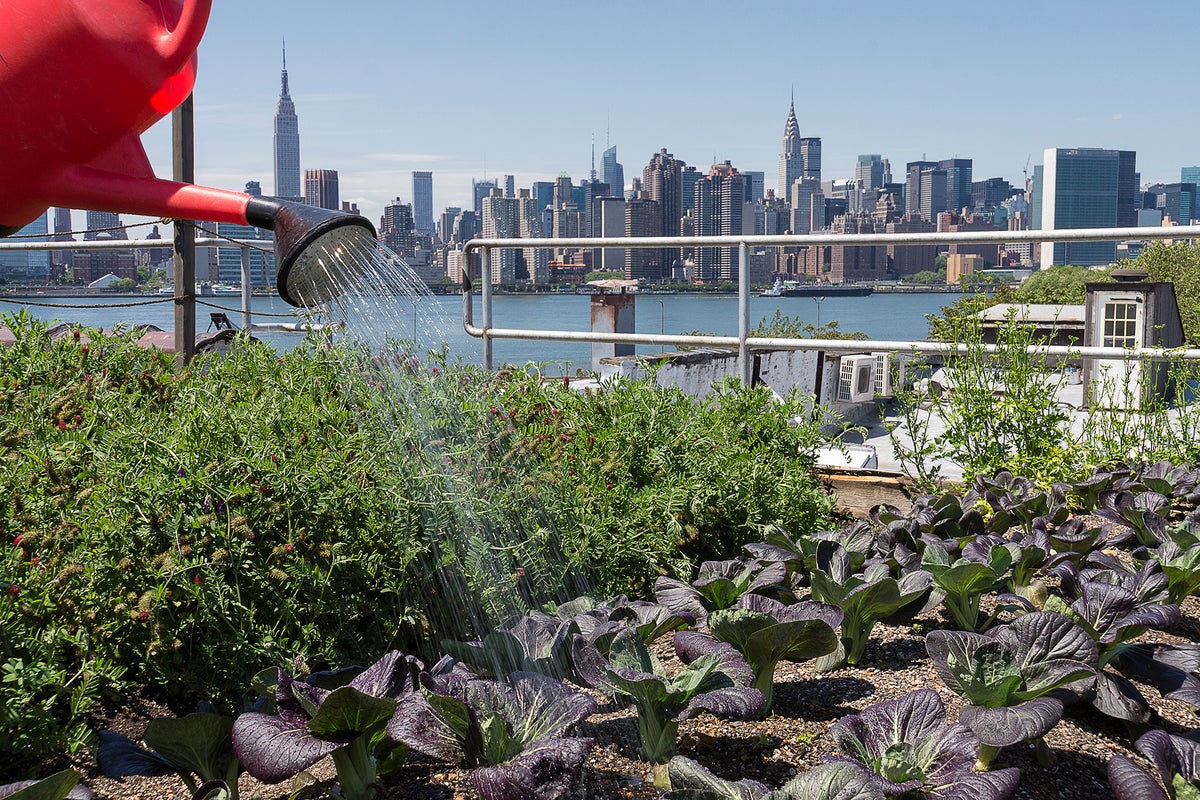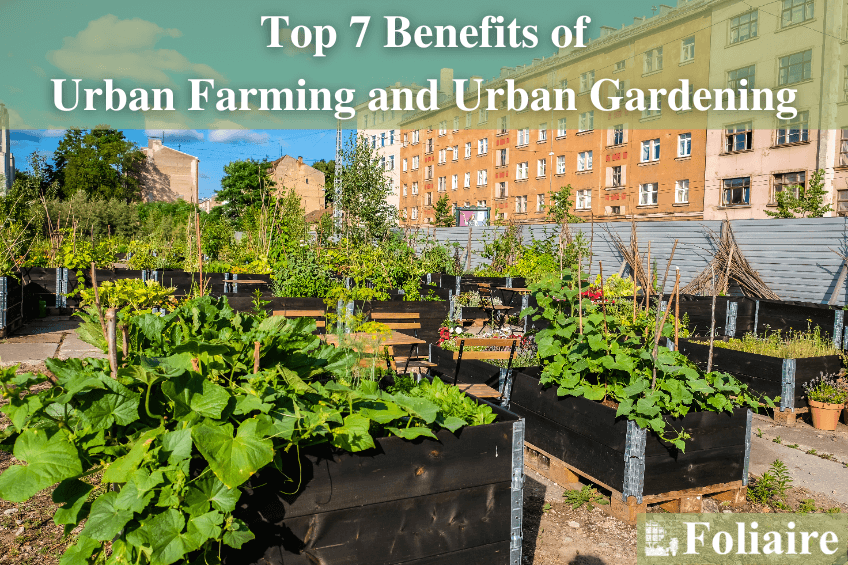How City Blooming can Save You Time, Stress, and Money.
How City Blooming can Save You Time, Stress, and Money.
Blog Article
City Blooming Fundamentals Explained
Table of ContentsCity Blooming - TruthsAll About City BloomingThe smart Trick of City Blooming That Nobody is Talking AboutThe Greatest Guide To City BloomingSome Ideas on City Blooming You Should Know
Intrigued in growing food available in the City of Chicago? Thinking regarding starting a community yard? Modifications to the Chicago Zoning Ordinance permit farming usages like neighborhood gardens and metropolitan ranches in numerous parts of the city. Below is a checklist of often asked inquiries pertaining to the rules and guidelines that cultivators ought to consider when planning a city farming job.
The zoning change does not customize any type of various other codes handling composting, building authorizations, acquiring or renting City possessed home, business licenses or environmental contamination. There are existing codes that regulate these concerns and they continue to be in complete impact and may be suitable to your job. Area gardens are usually possessed or handled by public entities, public companies or community-based organizations and kept by volunteers.
Urban farms grow food that is meant to be marketed, either on a nonprofit or for-profit basis. Because of their commercial purpose, metropolitan farms need a company permit. Yes. An area garden is enabled to market excess generate that was expanded on website if the sales are accessory or subordinate to the garden's key purpose explained over.
9 Easy Facts About City Blooming Explained
The amount of garden compost product can not exceed 25 cubic backyards at any type of provided time according to the criteria in 7-28-715 of the City's Municipal Code. Due to the fact that the dirt at many new garden sites needs amending, compost, dirt, wood chips, or other products can be obtained to build or boost the growing room.

If a structure license is called for after that the hoophouse will certainly be taken into consideration an accessory building. You can figure out more regarding the building permit needs by calling the Department of Buildings. The 25,000-square-foot dimension limit is planned to prevent a solitary neighborhood garden from controling a provided block or taking away from the block's existing household or business character.
The limit does not put on gardens situated in Public Open Room (POS) districts. Can there be greater than one community yard that is 25,000 square feet on a solitary block? Yes. The size restriction puts on specific yards, not to private blocks. No. Secure fencing is not needed, however, yards that have huge car my site park locations may be needed to mount fence or various other landscaping functions.
9 Easy Facts About City Blooming Shown
B1 & B2 areas call for that all commercial use activities be performed inside. Is fence needed for urban farms? Fencings might be needed, along with landscaping and testing, for particular car park locations and exterior job or storage space locations depending on place and the details task taking location.
Urban farms call for building permits and zoning authorizations prior to building (indoor plants). Various other types of city review might be needed depending on specific structures, activities, dimension, landscape design, licensing, public heath and stormwater monitoring concerns.
The Division of Company Matters and Consumer Defense can help figure out the particular type of business permit that's called for. Off street car parking is needed for most business projects in Chicago. The needed number of car parking spaces is based on the number of workers functioning on site and not the square video footage of the expanding space.
The Greatest Guide To City Blooming

Yes. A city farm can market compost product created on website, however, the operation has to abide with the regulations in 7-28-715 of the Chicago Municipal Code. Yes. Aquaponic systems are allowed inside your home on metropolitan farms in several zoning districts. However, a zoning testimonial and structure authorization is required in order to mount frameworks or systems and a business permit is called for as described over.
Up to 5 hives or nests of honey might be kept as an accessory usage. However, beekeepers should sign up with the Illinois Department of Farming. For additional information about the recommended zoning change you may call the Division of Real Estate and Economic Development, Bureau of Preparation and Zoning at 312.744.8563.
Farming in cities and urban locations A city ranch in Chicago. Urban agriculture refers to various techniques of cultivating. https://soundcloud.com/cityblooming, handling, and distributing food in urban areas. The term also puts on the area tasks of pet husbandry, aquaculture, beekeeping, and gardening in a city context. Urban agriculture is distinguished from peri-urban agriculture, which happens in rural locations beside suburbs.
The 20-Second Trick For City Blooming
It can entail a motion of natural farmers, "foodies" and "locavores", that seek to form social networks founded on a common principles of nature and area holism. These networks can establish by method of official institutional support, coming to be integrated right into regional town as a "change community" motion for sustainable metropolitan development.
The much more straight accessibility to fresh veggie, fruit, and meat products that may be become aware through city farming can enhance food security and food safety while reducing food miles, resulting in reduced greenhouse gas exhausts, consequently adding to environment adjustment mitigation. A few of the initial evidence of metropolitan farming originates from Mesopotamia.
Report this page